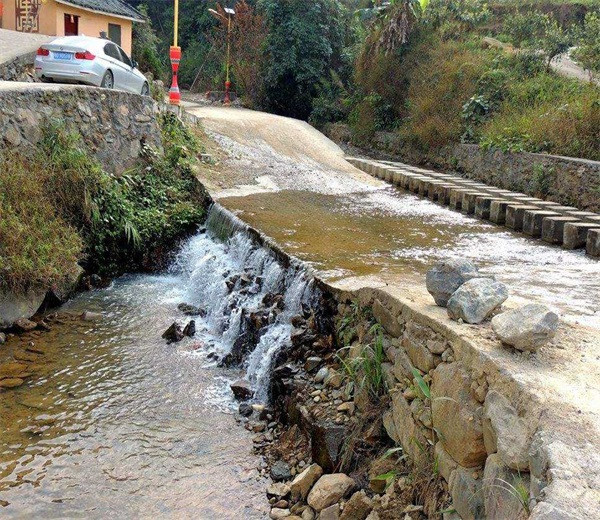Industry News
-

Key points for water quality testing operations in sewage treatment plants part six
35.What is water turbidity? Water turbidity is an indicator of the light transmittance of water samples. It is due to the small inorganic and organic matter and other suspended matter such as sediment, clay, microorganisms and other suspended matter in the water that cause the light passing throu...Read more -
Key points for water quality testing operations in sewage treatment plants part five
31.What are suspended solids? Suspended solids SS are also called non-filterable substances. The measurement method is to filter the water sample with a 0.45μm filter membrane and then evaporate and dry the filtered residue at 103oC ~ 105oC. Volatile suspended solids VSS refers to the mass of sus...Read more -

Key points for water quality testing operations in sewage treatment plants part four
27. What is the total solid form of water? The indicator reflecting the total solid content in water is total solids, which is divided into two parts: volatile total solids and non-volatile total solids. Total solids include suspended solids (SS) and dissolved solids (DS), each of which can also ...Read more -

Key points for water quality testing operations in sewage treatment plants part three
19. How many water sample dilution methods are there when measuring BOD5? What are the operating precautions? When measuring BOD5, water sample dilution methods are divided into two types: general dilution method and direct dilution method. The general dilution method requires a larger amount of ...Read more -

Key points for water quality testing operations in sewage treatment plants part two
13.What are the precautions for measuring CODCr? CODCr measurement uses potassium dichromate as the oxidant, silver sulfate as the catalyst under acidic conditions, boiling and refluxing for 2 hours, and then converts it into oxygen consumption (GB11914–89) by measuring the consumption of p...Read more -
Key points for water quality testing operations in sewage treatment part one
1. What are the main physical characteristics indicators of wastewater? ⑴Temperature: The temperature of wastewater has a great influence on the wastewater treatment process. The temperature directly affects the activity of microorganisms. Generally, the water temperature in urban sewage treatmen...Read more -

The practicality of wastewater detection
Water is the material basis for the survival of Earth biology. Water resources are the primary conditions for maintaining the sustainable development of the earth’s ecological environment. Therefore, protecting water resources is the greatest and most sacred responsibility of human beings....Read more -
Definition of Turbidity
Turbidity is an optical effect that results from the interaction of light with suspended particles in a solution, most commonly water. Suspended particles, such as sediment, clay, algae, organic matter, and other microbial organisms, scatter light passing through the water sample. The scattering ...Read more -

Total Phosphorus (TP) Detection in Water
Total phosphorus is an important water quality indicator, which has a great impact on the ecological environment of water bodies and human health. Total phosphorus is one of the nutrients necessary for the growth of plants and algae, but if the total phosphorus in the water is too high, it will ...Read more -

Simple Process Introduction of Sewage Treatment
The sewage treatment process is divided into three stages: Primary treatment: physical treatment, through mechanical treatment, such as grille, sedimentation or air flotation, to remove stones, sand and gravel, fat, grease, etc. contained in sewage. Secondary treatment: biochemical treatment, po...Read more -

Turbidity Measurement
Turbidity refers to the degree of obstruction of the solution to the passage of light, which includes the scattering of light by suspended matter and the absorption of light by solute molecules. The turbidity of water is not only related to the content of suspended substances in the water, but a...Read more -

Biochemical Oxygen Demand VS Chemical Oxygen Demand
What is Biochemical Oxygen Demand (BOD)? Biochemical Oxygen Demand (BOD) Also known as biochemical oxygen demand. It is a comprehensive index indicating the content of oxygen-demanding substances such as organic compounds in water. When the organic matter contained in the water is in contact wit...Read more




